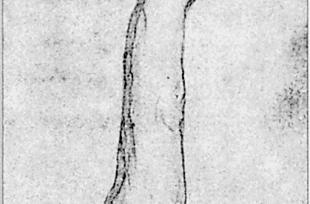Hesthamar was bought as residence for the district recorder, perhaps to have him more centrally placed in Hardanger, perhaps to avoid paying rent for him. Normally a publicly owned residence would be allocated for this purpose – property belonging to the crown – and the people in the community had to pay the rent, the so-called recorder fee, which was in fact the district recorder’s salary. But the farmers in Ullensvang nonetheless had to pay this fee, despite the investment, and this was the cause of a conflict that lasted for years.
Not all district recorders lived at Hesthamar. At times the farm stood vacant and was leased, but in 1720 Jens Fabricius settled there and built a new farmhouse in 1723. This is the building that still stands. Fabricius’ successor, J.S.Fleischer, who resided at Hesthamar from 1733-75, probably added to this building, and extended the attic. Perhaps it was he who created the arch at the main façade. It is the style of the 1700s that distinguish Hesthamar; doors and mouldings in the style of regency and rococo, partly also an older type of baroque, one of the most authentic old state residences in West Norway. In 1775 Søren Schelderup took over the farm from Fleischer, who bought Grovendal at Voss and moved there in 1775. Schelderup kept a hospitable house at Hesthamar, but on his death the residence ceased to be an abode for state employees. After nearly 200 years, in the 1970s, the place has retrieved some of its old status, meticulously restored by the Bergen philosopher Arild Haaland.


